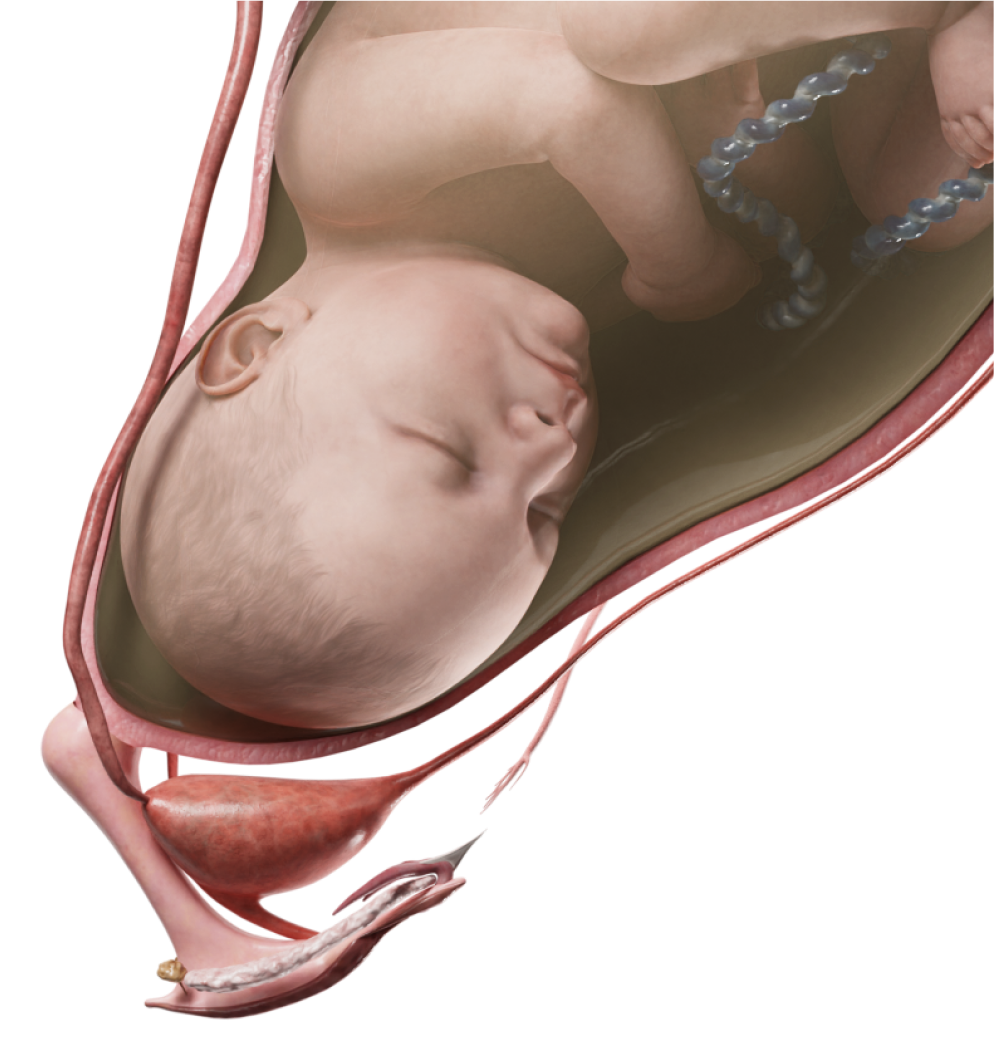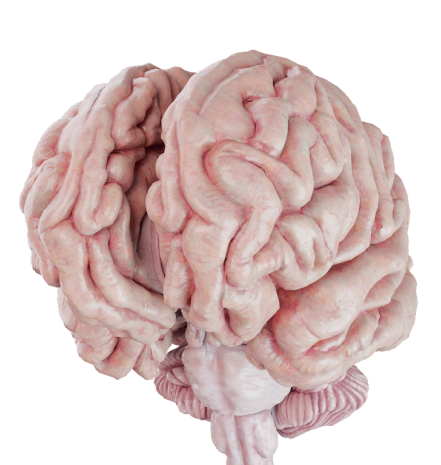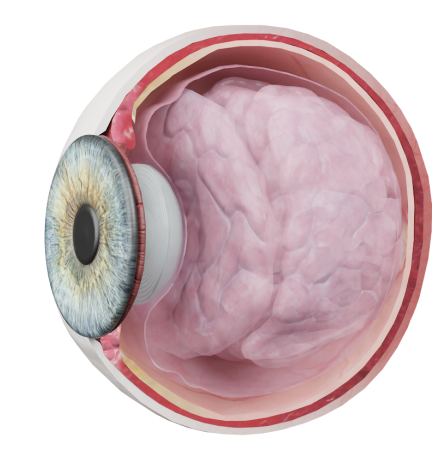Caries
Tooth decay, also known as dental caries, is an infection that leads to the mineral breakdown and destruction of the hard tissues of the teeth.
Etiology
The condition tends to develop when a combination of factors is in play. These may include a pathological bacterial plaque, high consumption of readily fermentable carbohydrates, susceptible teeth, prolonged exposure to unfavorable conditions, etc.
Bacteria settle on the tooth surfaces that do not contact the tongue, cheeks, or dietary fibers. This prevents them from being scraped off the teeth by any moving parts in the mouth. Over time, they form a biofilm, also known as bacterial plaque. Typical sites of decay are found where the plaque accumulates.
If an individual consumes a lot of readily fermentable carbohydrates on a regular basis, the percentage of cariogenic bacteria in the plaque increases. Such bacteria are able to quickly break down carbohydrates, generating organic acids and surviving low pH environments. The most commonly found strains are Streptococcus mutans and Lactobacilli, as well as Streptococcus sobrinus, Streptococcus oralis, Actinomyces israelii, Actinomyces gerencseriae, Bifidobacteria, and Prevotella. Streptococcus mutans can also produce intra- and extracellular adhesive polysaccharides (glycans and fructans) that help them remain on the tooth surface for long periods of time.
The teeth are constantly washed by the saliva that contains minerals. Due to its buffering capacity, the saliva helps maintain a neutral pH in the oral cavity. When the pH is neutral (≈ 7), the enamel and dentin are uniformly de- and remineralized. These processes mean that mineral crystals get dissolved and then restored, either partially or completely.
As bacteria process food carbohydrates (glucose, fructose, sucrose, maltose, etc.), acids build up, thus reducing pH.
Minerals in the hard tissues of the teeth start to dissolve, as soon as the pH drops to 5.2–5.5. This gradual process of mineral loss caused by dissolution under acidic conditions is called demineralization, the driver of tooth decay.
The amount of acid that bacteria produce increases when carbohydrates are consumed more often and food debris containing them remains longer on the tooth surface. Consequently, the pH decreases, and the enamel loses more minerals. Bacteria keep producing more acid, and once they reach the dentin, their proteolytic activity begins. The process causes the organic component of the dentin, collagen, to degrade.
By reducing the frequency and duration of acid exposure, i.e., by improving your hygiene or limiting your sugar consumption, decay can be delayed or even halted. To this end, fluorine compounds (also known as fluoride) are especially useful. They promote remineralization, slow down the reverse process of demineralization, decrease enamel solubility, and reinforce its resistance to acids.
Classification
By lesion depth (radiographic classification):
- E1 — the outer half of the enamel is affected;
- E2 — the entire enamel coat is affected;
- D1 — the outer one-third of the dentin is affected (superficial dentin caries);
- D2 — the outer and middle one-thirds of the dentin are affected (dentin caries);
- D3 — the outer, middle, and inner one-thirds of the dentin are affected (deep caries).
By localization (Black classification):
- Class I — in natural deepenings (pits and fissures in the occlusal surfaces of molars and premolars, pits on incisor and canine teeth);
- Class II — in lateral (approximal) surfaces of molars and premolars;
- Class III — in lateral (approximal) surfaces of anterior teeth with the incisal edge unaffected;
- Class IV — in lateral (approximal) surfaces of anterior teeth with the incisal edge affected;
- Class V — in the neck area of teeth.
By affected tooth tissue (histological classification):
- Enamel caries;
- Dentin caries;
- Cementum caries.
By type of formation:
- Primary caries — decay in intact teeth that have not undergone restoration;
- Secondary caries — relapsed decay post-treatment.
Anatomic Pathology
Cavities always start to develop on the tooth surface that is in direct contact with the oral cavity. It may affect either the enamel surface, the exposed cementum of the root, or the exposed dentin. Some sites that accumulate more plaque are more prone to caries. The most typical ones are pits and fissures, lateral tooth surfaces, and neck areas. Intensive decay process, in combination with poor hygiene, may impact “immune areas”, including smooth surfaces, tooth contour, and cusps.
Enamel caries: This is an initial stage of decay (E1). After plaque has been removed and the tooth is dry, the enamel is visually integral with a dull white spot of demineralization. At a later stage (E2), the white spot can also be detected on the moist enamel surface. The spot may be tinted any shade of brown by food dyes. In the enamel, the lesion takes a cone-like shape directed toward the dentinoenamel junction (DEJ).
Upon reaching the DEJ and penetrating the dentin, the lesion continues to spread along the course of the dentin tubules.
Dentin caries: In this case, the demineralized enamel in the lesion area may show no evidence of decay (a so-called pseudo-intact enamel), thus preventing bacteria from reaching the demineralization focus. Macroscopically, this defect looks like a pigmented fissure or spot on the enamel surface that covers darker edges of the affected dentin.
When the damaged enamel loses around 30–40 % of its minerals, it becomes highly porous and fragile. At this point, it can break easily and create a cavity. The cavity is then filled with bacteria.
The proteases they produce promote necrosis in the demineralized dentin in the area called the bacterial penetration zone. Over time, the demineralized lesion spreads deeper to reach the pulp. Around the demineralized focus, signs of reactive sclerosis of the dentin are observed. It starts to deteriorate gradually, with the process progressing from the external (D1) to the middle (D2) and internal (D3) parts of the dentin. Macroscopically, an active lesion is a cavity made of soft, slimy, yellow-brownish, necrotized dentin that is easily scraped off. An arrested lesion, on the other hand, presents with a denser and darker-colored dentin.
Cementum caries develops as a cavity made of softened dentin. It is typically found on the surface of the tooth root when gingival regression is observed, and the root cementum is exposed. The process does not differ from that seen in crown decay.
Secondary caries looks like a linear stain, spot, or cavity at the boundary between tooth tissues and restorative materials, when the marginal integrity is compromised. This type of lesion is characterized by a superficial demineralized area at the interface between the enamel and the restored tooth, in combination with wall decay. A superficial focus tends to spread along the enamel prisms toward the DEJ and then along the dentin tubules. Wall decay is a narrow, slit-like cavity that expands laterally along the dentin tubules.
Diagnosis
Basic methods:
- Visual examination helps identify any visible spots or cavities on surfaces available for inspection. An approximal lesion may be detected from the occlusal surface as a gray shadow that shows through the intact enamel. For better visibility, any plaque should be removed, and teeth should be dried.
- An affected tooth should be painless to percussion.
- Probing is used to estimate the lesion’s depth and line. It is painless in enamel caries but may be tender in cases of dentin caries when the DEJ is being probed or in cases of deep caries when the decay cavity bottom is examined.
Additional methods:
- Radiographic detection is based on radiolucency in the enamel area (E1, E2), outer, middle, and inner one-thirds of the dentin (D1–D3). This method comprises intraoral contact radiography, radiovisiography, bite-wing radiography (employed to diagnose occlusal and approximal lesions), dental panoramic radiography (DPR), and cone-beam computed tomography (CBCT).
- A thermal sensibility test utilizes an air stream, a cold spray, or heated gutta-percha rods. A response to a thermal irritant should disappear immediately or within a few seconds after the stimulus is removed.
- Fiber optic transillumination (FOTI) involves transillumination of teeth via a contact point, which makes decay appear as a dark spot.
- The basic principle of quantitative light-induced fluorescence (QLF) is the disparity in fluorescence radiance between affected and healthy tooth tissues.
- Electrical impedance spectroscopy (EIS) is based on the fact that demineralized tissues demonstrate decreased electrical resistance compared to healthy ones. It should be noted that the method is limited to occlusal surfaces only.
- In order to get access to approximal lesions, temporary separation with rubber rings may be employed.
- Last but not least is the tinting technique. It is assumed that, in contrast to healthy tissues, demineralized enamel and denaturated dentin collagen tend to absorb a dye.
Clinical Manifestations
Typically, patients with enamel caries (E1, E2) do not experience any discomfort, apart from esthetic issues. Upon clinical examination, a white or pigmented spot on the enamel is identified.
Dentin caries (D1–D3), cementum caries, and secondary caries: there may be no specific complaints, but a patient may be concerned about a cavity in their tooth, a cosmetic imperfection, short-term localized tenderness after chemical, thermal, mechanical irritation, food impaction, or difficulties when trying to use dental floss. Upon clinical examination, a range of signs may be identified. These may include a pigmented pit or fissure, edges of previous restorations, a probe stuck in them (class I according to Black classification, secondary caries), a gray shadow under the marginal ridge, inflammation of interdental papilla adjacent to the affected tooth, food impaction in the interdental space (class II), dark spots upon transillumination (class II, III), and visible decay cavities made of softened dentin (class I–V, cementum caries).
Treatment
In cases of enamel caries without cavities, the defects are treated using remineralization or infiltration methods. The treatment is only effective when combined with proper personal hygiene, nutrition, and follow-up.
Dentin caries, cementum caries, or secondary caries require more invasive techniques, including the preparation of tooth tissues and dental filling using various dental restorative materials.










